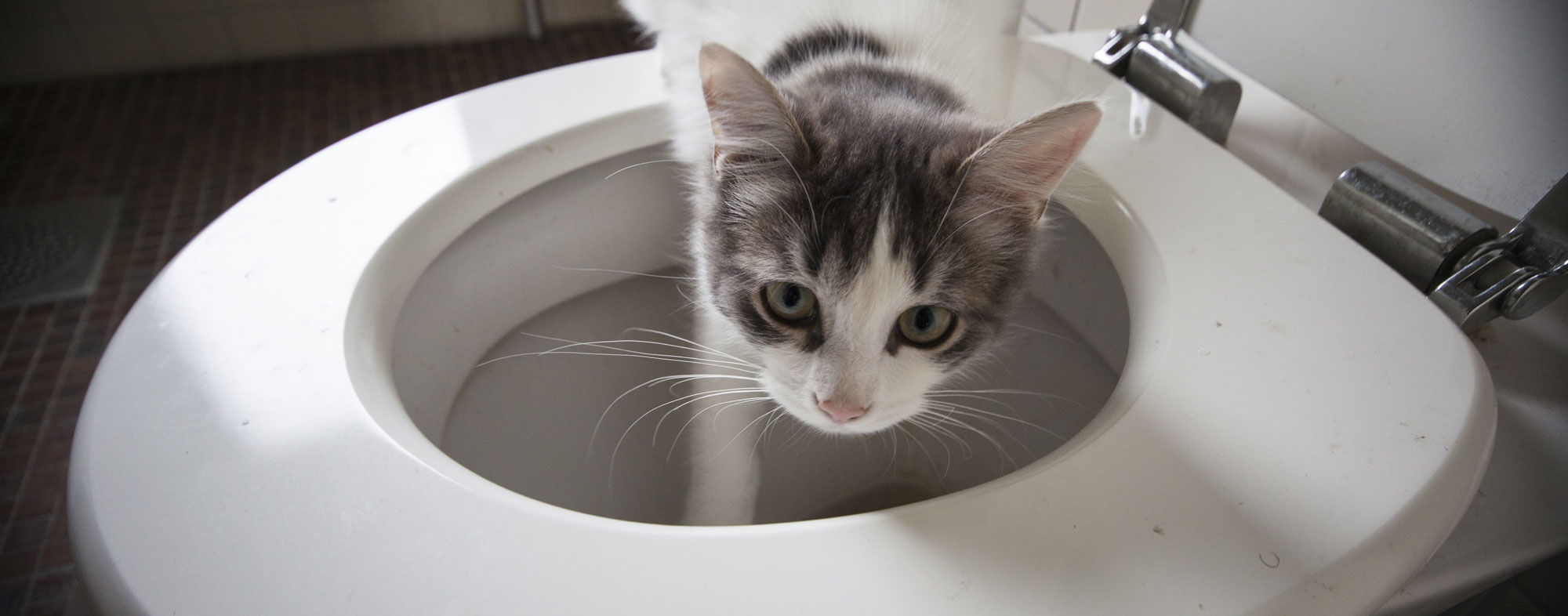Why You Should Never Flush Cat Poop Down Your Toilet - Crucial Facts
Why You Should Never Flush Cat Poop Down Your Toilet - Crucial Facts
Blog Article
Here in the next paragraph you can discover more extremely good insights about Don’t flush cat feces down the toilet.

Intro
As cat proprietors, it's vital to bear in mind exactly how we dispose of our feline friends' waste. While it might appear hassle-free to flush feline poop down the bathroom, this practice can have detrimental consequences for both the setting and human health and wellness.
Alternatives to Flushing
Fortunately, there are more secure and extra accountable means to take care of cat poop. Take into consideration the complying with alternatives:
1. Scoop and Dispose in Trash
One of the most common approach of throwing away feline poop is to scoop it right into a biodegradable bag and toss it in the trash. Make certain to utilize a dedicated trash inside story and take care of the waste without delay.
2. Usage Biodegradable Litter
Select biodegradable pet cat trash made from products such as corn or wheat. These clutters are environmentally friendly and can be safely gotten rid of in the trash.
3. Bury in the Yard
If you have a yard, think about hiding pet cat waste in a marked location far from veggie gardens and water resources. Make sure to dig deep enough to stop contamination of groundwater.
4. Set Up a Pet Waste Disposal System
Invest in a pet garbage disposal system particularly designed for feline waste. These systems use enzymes to break down the waste, lowering odor and ecological impact.
Wellness Risks
In addition to ecological issues, purging cat waste can likewise posture health and wellness risks to people. Pet cat feces may include Toxoplasma gondii, a bloodsucker that can cause toxoplasmosis-- a possibly severe health problem, particularly for expecting females and individuals with weakened immune systems.
Ecological Impact
Purging pet cat poop introduces hazardous microorganisms and parasites into the water supply, posing a significant risk to water ecological communities. These impurities can adversely impact aquatic life and concession water top quality.
Conclusion
Responsible pet ownership extends beyond providing food and shelter-- it additionally involves correct waste administration. By refraining from flushing cat poop down the toilet and opting for different disposal approaches, we can reduce our environmental footprint and protect human wellness.
Why Can’t I Flush Cat Poop?
It Spreads a Parasite
Cats are frequently infected with a parasite called toxoplasma gondii. The parasite causes an infection called toxoplasmosis. It is usually harmless to cats. The parasite only uses cat poop as a host for its eggs. Otherwise, the cat’s immune system usually keeps the infection at low enough levels to maintain its own health. But it does not stop the develop of eggs. These eggs are tiny and surprisingly tough. They may survive for a year before they begin to grow. But that’s the problem.
Our wastewater system is not designed to deal with toxoplasmosis eggs. Instead, most eggs will flush from your toilet into sewers and wastewater management plants. After the sewage is treated for many other harmful things in it, it is typically released into local rivers, lakes, or oceans. Here, the toxoplasmosis eggs can find new hosts, including starfish, crabs, otters, and many other wildlife. For many, this is a significant risk to their health. Toxoplasmosis can also end up infecting water sources that are important for agriculture, which means our deer, pigs, and sheep can get infected too.
Is There Risk to Humans?
There can be a risk to human life from flushing cat poop down the toilet. If you do so, the parasites from your cat’s poop can end up in shellfish, game animals, or livestock. If this meat is then served raw or undercooked, the people who eat it can get sick.
In fact, according to the CDC, 40 million people in the United States are infected with toxoplasma gondii. They get it from exposure to infected seafood, or from some kind of cat poop contamination, like drinking from a stream that is contaminated or touching anything that has come into contact with cat poop. That includes just cleaning a cat litter box.
Most people who get infected with these parasites will not develop any symptoms. However, for pregnant women or for those with compromised immune systems, the parasite can cause severe health problems.
How to Handle Cat Poop
The best way to handle cat poop is actually to clean the box more often. The eggs that the parasite sheds will not become active until one to five days after the cat poops. That means that if you clean daily, you’re much less likely to come into direct contact with infectious eggs.
That said, always dispose of cat poop in the garbage and not down the toilet. Wash your hands before and after you clean the litter box, and bring the bag of poop right outside to your garbage bins.
https://trenchlesssolutionsusa.com/why-cant-i-flush-cat-poop/

I was guided to that editorial about Can You Flush Cat Poo or Litter Down the Toilet? from an acquaintance on another website. Sharing is good. One never knows, you might be doing someone a favor. I appreciate reading our article about Can You Flush Cat Poo or Litter Down the Toilet?.
Get A Quote Report this page